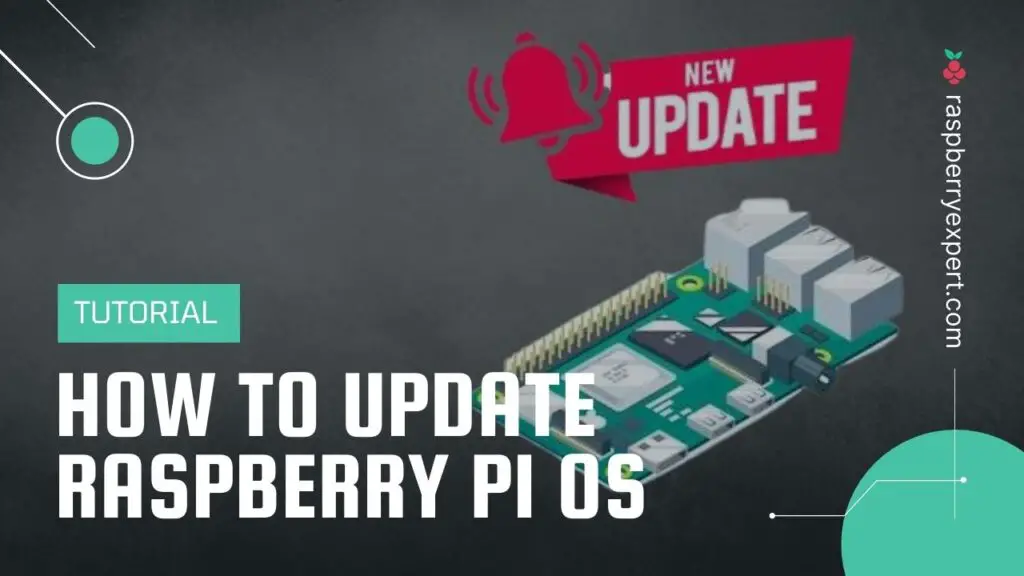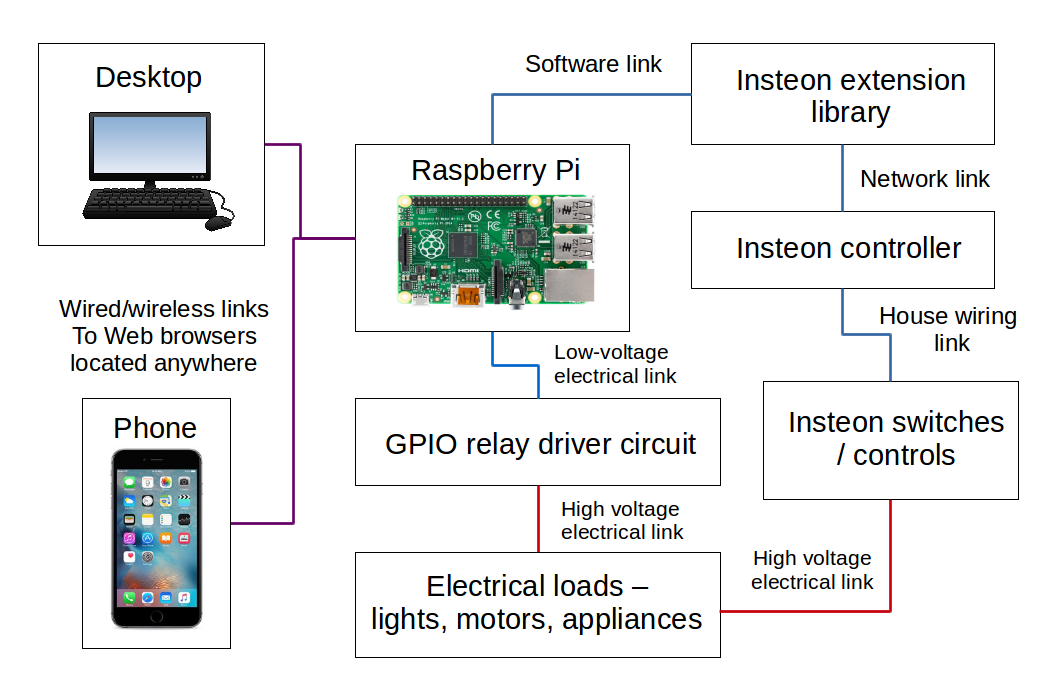Remote Update Raspberry Pi Download: The Ultimate Guide For Tinkering Enthusiasts
Hey there, tech-savvy friend! If you're reading this, chances are you're knee-deep in the world of Raspberry Pi or thinking about diving in. Remote update Raspberry Pi download is one of the most talked-about topics for hobbyists, developers, and even seasoned IT pros. Picture this: you're chilling at your favorite coffee spot, sipping on a latte, and suddenly you realize your Raspberry Pi back home needs an update. Sounds stressful, right? But hold up—what if I told you there’s a way to do it remotely? Yeah, you read that right—remotely! Let’s break it down.
Before we dive into the nitty-gritty, let’s talk about why this is such a big deal. Remote updates aren’t just a convenience; they’re a necessity in today’s fast-paced tech world. Whether you're managing a home automation system or running a web server on your Raspberry Pi, being able to update it without physically being there is a game-changer. It saves time, minimizes downtime, and keeps your projects running smoothly.
So, what exactly does remote update Raspberry Pi download mean? Simply put, it’s the process of updating your Raspberry Pi’s software or firmware from afar. Think of it like giving your Pi a remote control upgrade. But how do you do it? What tools do you need? And most importantly, how can you make sure it’s secure? Stick around, because we’ve got all the answers you need.
Read also:How To Apply Qullnowis Products The Ultimate Guide
Why Remote Updates Are Essential for Your Raspberry Pi
Let’s face it—Raspberry Pi is more than just a hobbyist’s toy. It’s a powerful little machine capable of handling serious tasks, from media servers to IoT projects. But like any other tech, it needs regular updates to stay secure and perform at its best. Now, imagine having to physically connect to your Pi every time an update is needed. Sounds tedious, doesn’t it? That’s where remote updates come in.
Here’s the deal: with remote update Raspberry Pi download, you can:
- Keep your system secure by patching vulnerabilities without delay.
- Automate routine tasks, freeing up your time for more important things.
- Access your Pi from anywhere in the world, as long as you have an internet connection.
But wait—there’s more. Remote updates aren’t just about convenience; they’re about peace of mind. Knowing that your Pi is always up-to-date and secure, even when you’re miles away, gives you that extra layer of confidence in your projects.
What You Need to Get Started with Remote Update Raspberry Pi Download
Alright, so you’re convinced that remote updates are the way to go. But what do you need to get started? First things first, let’s talk about the basics. Here’s a quick rundown of the essentials:
- A Raspberry Pi: Duh, right? But seriously, make sure it’s properly set up and connected to the internet.
- An SSH client: This is your ticket to accessing your Pi remotely. Tools like PuTTY (for Windows) or the built-in SSH on Linux/Mac will do the trick.
- A stable internet connection: Both on your end and at the location of your Pi. A shaky connection can ruin your update process.
- A secure password or SSH key: Security first, always. We’ll talk more about this later.
Got all that? Great! Now let’s move on to the juicy part—how to actually perform a remote update.
Step-by-Step Guide to Remote Update Raspberry Pi Download
Ready to roll up your sleeves and get to work? Here’s a step-by-step guide to help you through the process:
Read also:Emilio Estevez Partner The Journey Relationships And Beyond
Step 1: Set Up SSH
First things first, you need to enable SSH on your Raspberry Pi. This is super easy:
- Boot up your Pi and log in.
- Open the terminal and type
sudo raspi-config. - Navigate to
Interfacing Optionsand enable SSH.
Boom! SSH is now ready to go. But don’t forget to set up a strong password or, better yet, use SSH keys for added security.
Step 2: Connect Remotely
Now that SSH is enabled, it’s time to connect to your Pi from another device. Here’s how:
- Find your Pi’s IP address by typing
ifconfigin the terminal. - Open your SSH client and enter the IP address, username (
piby default), and password.
Voilà! You’re now connected to your Pi remotely.
Step 3: Perform the Update
With the connection established, it’s time to update your Pi. Here’s the magic command:
sudo apt-get update && sudo apt-get upgrade
This will fetch the latest updates and install them on your Pi. Easy peasy, right?
Security Tips for Remote Update Raspberry Pi Download
Now, here’s the thing—security is crucial when it comes to remote updates. You don’t want some random hacker taking over your Pi, do you? Here are a few tips to keep your setup secure:
- Use SSH keys instead of passwords: This adds an extra layer of protection.
- Change the default port for SSH: Hackers often target the default port (22). Changing it can deter them.
- Enable a firewall: Tools like
ufwcan help protect your Pi from unauthorized access.
By following these tips, you can ensure that your Pi remains safe and secure, even when you’re updating it from afar.
Automating Remote Updates for Raspberry Pi
Who doesn’t love automation? Automating your remote updates can save you a ton of time and effort. Here’s how you can set it up:
Option 1: Using Cron Jobs
Cron jobs are a powerful tool for scheduling tasks on your Pi. Here’s how to set one up:
- Open the terminal and type
crontab -e. - Add the following line to schedule a daily update:
0 2 * * * sudo apt-get update && sudo apt-get upgrade -y
This will run the update command every day at 2 AM. Adjust the timing as needed.
Option 2: Using Unattended Upgrades
Unattended upgrades take automation to the next level by handling everything for you. To enable it:
- Install the package by typing
sudo apt-get install unattended-upgrades. - Configure it by editing the file
/etc/apt/apt.conf.d/50unattended-upgrades.
With unattended upgrades, your Pi will stay up-to-date without any intervention from you. How cool is that?
Common Issues and Troubleshooting
Even the best-laid plans can hit a snag. Here are some common issues you might encounter during a remote update Raspberry Pi download and how to fix them:
- Connection Refused: Make sure SSH is enabled and your IP address is correct.
- Update Fails: Check your internet connection and try running the update command again.
- Security Warnings: If you’re getting security warnings, double-check your SSH setup and ensure everything is secure.
By addressing these issues early, you can avoid headaches down the line.
Real-World Applications of Remote Update Raspberry Pi Download
So, why bother with all this? Here are a few real-world applications where remote updates can make a big difference:
- Home Automation: Keep your smart home system running smoothly with regular updates.
- Web Servers: Ensure your web server is secure and up-to-date without needing physical access.
- IoT Projects: Manage your IoT devices from anywhere, keeping them secure and functional.
These applications show just how versatile and valuable remote updates can be.
Best Practices for Managing Remote Updates
Finally, let’s talk about best practices to make the most of your remote update Raspberry Pi download experience:
- Regular Backups: Always back up your Pi before performing updates.
- Test Updates First: If possible, test updates on a non-critical system before applying them to your main Pi.
- Stay Informed: Keep an eye on the latest developments and security advisories for Raspberry Pi.
By following these practices, you can ensure that your Pi remains healthy and secure.
Conclusion: Take Your Raspberry Pi Game to the Next Level
And there you have it—everything you need to know about remote update Raspberry Pi download. Whether you’re a hobbyist or a pro, mastering remote updates can take your projects to the next level. Remember, security is key, so always take the necessary precautions to protect your Pi.
So, what are you waiting for? Dive in, experiment, and let us know how it goes. Feel free to leave a comment below or share this article with your tech-savvy friends. Together, let’s make the world of Raspberry Pi even better!
Table of Contents
- Why Remote Updates Are Essential for Your Raspberry Pi
- What You Need to Get Started with Remote Update Raspberry Pi Download
- Step-by-Step Guide to Remote Update Raspberry Pi Download
- Security Tips for Remote Update Raspberry Pi Download
- Automating Remote Updates for Raspberry Pi
- Common Issues and Troubleshooting
- Real-World Applications of Remote Update Raspberry Pi Download
- Best Practices for Managing Remote Updates
- Conclusion: Take Your Raspberry Pi Game to the Next Level
FTV Girls: The Ultimate Guide To Their World, Fame, And Influence
Temporary Replacement - Episode 3: The Ultimate Guide To Understanding And Mastering The Role
Masafun.top: Your Ultimate Guide To Entertainment And Fun

How to Update Raspberry Pi (OS, Firmware, EEPROM & Kernel)

How to Setup Raspberry Pi Remote Desktop (5 Methods)

Raspberry Pi Remote Control